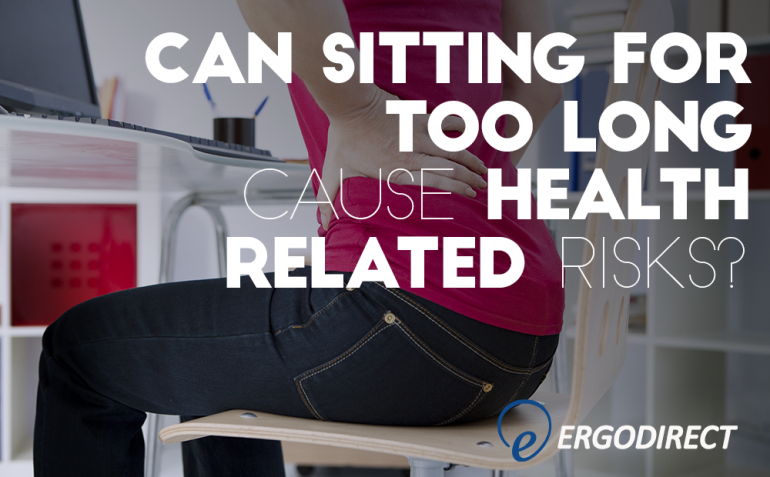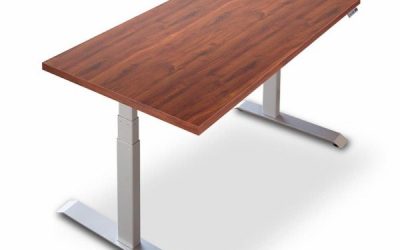These days, sitting at a desk is an extremely common part of daily life. Many people find themselves hunched over their desks for hours at work, or slouching in their seats to pay attention to a lengthy lecture while rapidly scribbling notes. A startling study conducted in 2011* confirmed that professionals working in the Minneapolis area spent almost half of their entire day sitting. That’s about fourteen hours of sedentary activity.
Another alarming study (which was conducted in 2006*) proved that sitting for four or more hours a day attributed to 6.9 percent of deaths and increased a variety of health-related risks.
This research determined that sitting or being sedentary for a majority of the day can cause the following health conditions:
- Heart disease
- Obesity
- Diabetes
- Cancer
Because of the potential risks involved with being inactive, doctors are recommending healthy doses of work breaks, standing work stations, and the use of isometric balls. An adjustable desk is a popular option that doctors are strongly recommending to their patients. With an ergonomic height adjustable desk, patients will experience less pain in their backs, necks, arms, and legs. Standing desks also provide proper posture for people suffering from daily back pain. A stand up workstation can decrease unnecessary aches and irritation caused by sitting too long, which ultimately increases productivity levels due to a higher degree of comfort.
When working, it is important to maintain your overall health. Unfortunately, the Centers of Disease Control and Prevention has stated that obesity is affecting two-thirds of the United States population. Health costs dedicated to obesity are averaging more than $168 billion annually.
Sitting around an office without a decent amount of physical activity can most commonly attribute to obesity so if it is at all possible, taking breaks from lengthy periods of working at a computer is highly recommended. Additionally, sit-stand work centers can assist in the comfort of your environment, leading to increased productivity.
* Pronk NP, Katz AS, Lowry M, Payfer JR. Reducing Occupational Sitting Time and Improving Worker Health: The Take-a-Stand Project, 2011.
* van der Ploeg HP, Chey T, Korda RJ, Banks E, Bauman A. Sitting Time and All-Cause Mortality Risk in 222 497 Australian Adults. Arch Intern Med. 2012;172(6):494-500. doi:10.1001/archinternmed.2011.2174.




